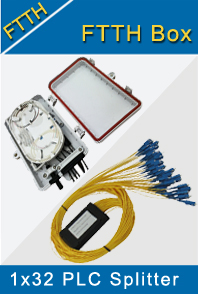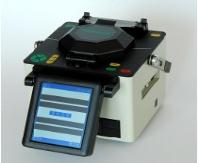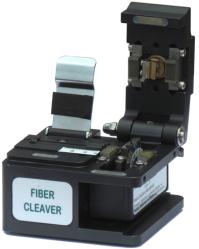-

- Sopto Home
-

- Special Topic
-

- FTTH Knowledge
-

- A Typical Work Flow of Optical Fiber Cleavers
FTTH Knowledge
- Solving the FTTH Rollout Problem in Multiple Dwelling Units
- WDM PON Introduction FAQ
- A Simple Overview of Optical Power Meter
- ODN is based on PON FTTH Optical Cable Network of the Device
- Using an OTDR to be an Expert in Fiber Link Testing
- How FTTH Broadband Works?
- Connections among Fiber Terminal Boxes & Patch Cables & Pigtails
- Easy to Install a Fiber Terminal Box
- What is Arrayed Waveguide Grating?
SOPTO Special Topic
Certificate



Guarantee
Except products belongs to Bargain Shop section, all products are warranted by SOPTO only to purchasers for resale or for use in business or original equipment manufacturer, against defects in workmanship or materials under normal use (consumables, normal tear and wear excluded) for one year after date of purchase from SOPTO, unless otherwise stated...
Return Policies
Defective products will be accepted for exchange, at our discretion, within 14 days from receipt. Buyer might be requested to return the defective products to SOPTO for verification or authorized service location, as SOPTO designated, shipping costs prepaid. .....
Applications

Sopto supply the best FTTH solutions for your network!
SOPTO Products
- Fiber Optic Transceiver Module
- High Speed Cable
- Fiber Optical Cable
- Fiber Optical Patch Cords
- Splitter CWDM DWDM
- PON Solution
- FTTH Box ODF Closure
- PCI-E Network Card
- Network Cables
- Fiber Optical Adapter
- Fiber Optical Attenuator
- Fiber Media Converter
- PDH Multiplexers
- Protocol Converter
- Digital Video Multiplexer
- Fiber Optical Tools
- Compatible
Related Products
Performance Feature
FTTH Knowledge
Recommended

A Typical Work Flow of Optical Fiber Cleavers
If you have never done cable splicing and are just beginning to build your fiber optic link, it is recommended to start out with our fiber splicing kit, which is a great starting point for your fiber installation.
Optical fiber fusion splicing always requires that the fiber tips have a smooth end face that is perpendicular to the fiber axis. The cleave quality is very important in determining the fusion splicing loss. This is especially true for specialty fibers such as erbium-doped fibers and dispersion-compensating fibers.

Fiber optic cleaving is the process to scribe and break an optical fiber endface. Fiber optic technicians need some training in order to gain the skills necessary for best possible results.
The goal of fiber cleaving is to produce a mirror like fiber endface for fiber splicing – either fusion splicing or mechanical fiber splicing. Incorrect or pool cleaving techniques will result in lips and hackles which makes good fiber splicing impossible. A bad cleaving usually has to be redone.
The tools needed for fiber cleaving are called fiber optic cleaver or fiber cleave tools. There are two types available on the market: high precision fiber cleaver and field fiber cleaver.

Sopto High Precision Fiber Cleaver
The design of fiber optic cleavers varies among manufacturers such as AFL, Corning, Fujikura or York. But the working principle is the same. Here I describe a typical work flow of optical fiber cleavers.
Step 1: Strip the fiber to its cladding size, the standard optical fiber cladding size is 125um. The strip length depends on your application.
Step 2: Clean the fiber with lint-free wipes moistened with isopropyl alcohol.
Step 3: Place the stripped and cleaned bare fiber into the fiber cleaver
Step 4: Scribe the bare fiber with either a cutting wheel or a blade
Step 5: Break the fiber with the built-in mechanism on the cleaver
Step 6: Remove the fiber scrap and put it into a fiber disposal unit
This semi-automated process produces high quality cleaving in minimum steps. It has been used widely in the fiber optic communication industry.
For purchasing more high quality fiber cleavers and fusion splicers as well as other operation tools with low cost or for more products’ information, please contact a Sopto representative by calling 86-755-36946668, or by sending an email to info@sopto.com.



